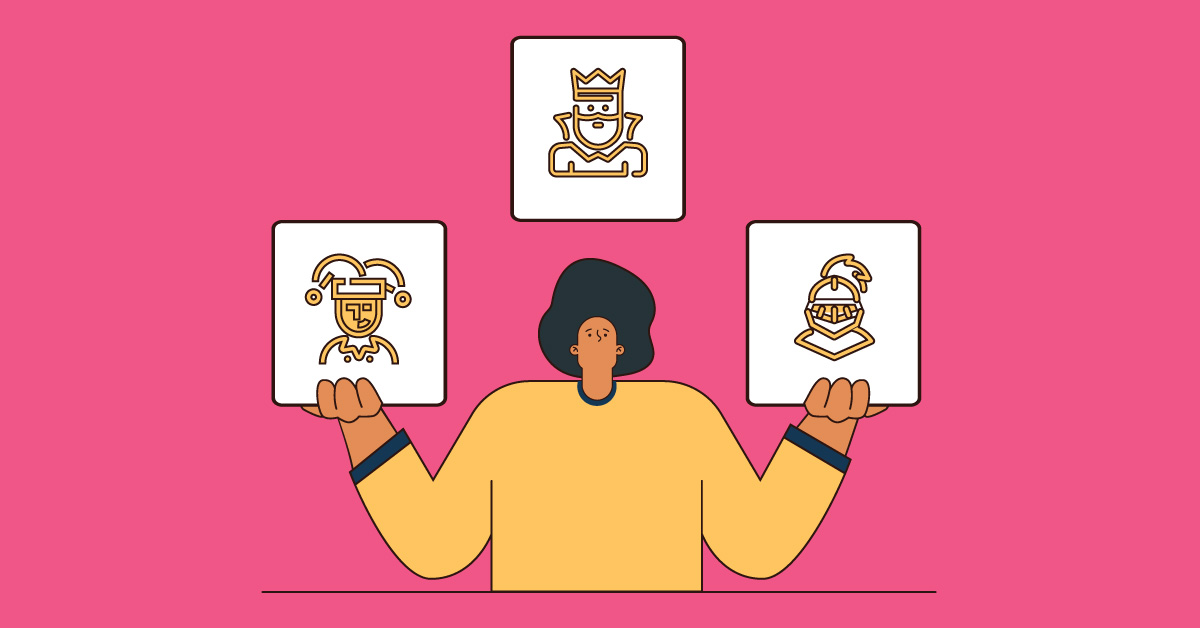
Archetypes in branding are pretty much the persona of your brand. Think of your brand as a fictional character from your favorite movies. You have your antagonist, protagonist, confidant, or tertiary characters. Then think of these characters’ general traits — that’s how you can define your brand identity.
A brand archetype defines the overall traits, values, personality, or vision of your brand. It’s vital to determine your brand archetype so your audience can relate to you. Moreover, having a brand archetype makes your company more distinct as customers can quickly identify you via your characteristics.
Humans are so profoundly connected to their emotions even when choosing a brand. That’s why identifying your brand archetype matters because it impacts the audience’s purchasing behavior.
The Swiss psychoanalyst and psychiatrist Carl Jung categorized these archetypes into 12 powerful personas. See if your brand is one or a combination of these eccentric identities.
1. The Magician

Let’s start these archetypes in branding with the first type — the Magician. The Magician is like the fairy godmother in your wonderful fantasy who makes all your wishes come true. This brand archetype transforms people’s dreams into a reality. Whether it’s offering a service that you thought any brand would never provide or creating a product unlike any other, the Magician fulfills that dream.
Regardless of how small or big your problem is, the Magician works hard to offer a solution. It aims to create something extraordinary that inspires you even more. Moreover, magicians provide beautiful stories for customers that leave them feeling mesmerized.
Best traits: Imaginative, inspirational, charismatic, visionary
Worst traits: Dishonest, distant, manipulative
Examples: Apple, Disney, Dyson
Disney, for instance, is a prime example of this archetype in branding. One concrete example of how magic comes to life with them is the imagery of a castle. It signifies that once you enter any Disneyland establishment or watch a movie, you’ll have a magical experience. Aside from the “magical place” they offer, they also provide magic in all things they do. Television, products, amusement parks, movies, to name a few.
2. The Ruler
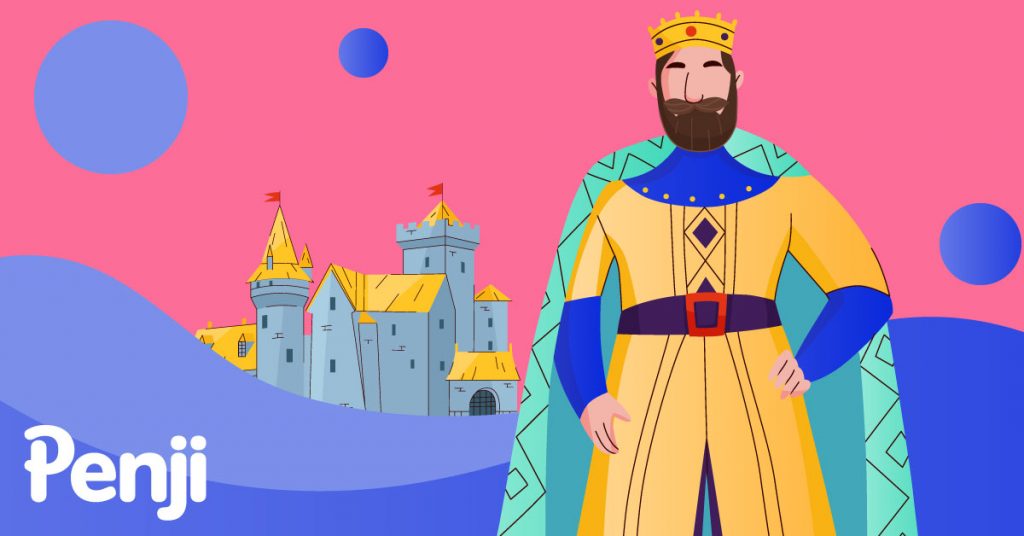
If the government has politicians as rulers, brands also have rulers as one of the brand archetypes. The Ruler is the one in charge of maintaining peace and order in an otherwise chaotic world. They ensure that rules are set in place to eliminate ambiguity. Although they create the rules, they challenge those who try to sit on the throne and bend them. More often than not, the challengers fail.
The Ruler wants to have control and take over the market. They ensure that only high-quality products serve their customers. These products are innovative and are the firsts in their industries. This type is often seen in industries such as tech, finance, and the government. Rulers aim to make people feel important, safe, and empowered.
Best traits: Organized, accountable, leader, confident, commander
Worst traits: Cold, entitled, controlling
Examples: Microsoft, Mercedes-Benz, Verizon
Mercedes-Benz’s tagline is “The best or nothing.” This simply means the brand will either do something great or none at all. Over the years, Mercedes-Benz has created top luxury and reliable cars.
3. The Creator
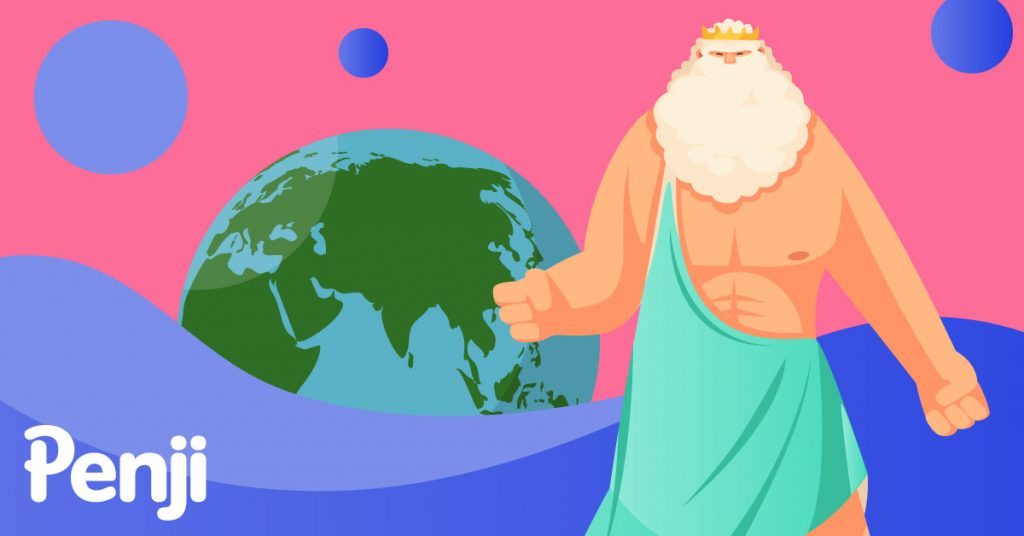
If you’re a brand that always sees an opportunity in all things, or a brand that transforms the mundane into something special, then you could be the Creator. The archetypes in branding need the Creator to craft products that stand the test of time. The main traits of the Creator are innovative and creative.
When fused, these characteristics can create stellar products that are authentic. The Creator encourages freedom of expression and welcomes technology as one of their main partners. This type can be mostly found in design, technology, art, and marketing niches.
Best traits: Inspiring, creative, innovative, unconventional, imaginative
Worst traits: Impractical, narcissistic, perfectionist
Examples: YouTube, Crayola, Lego
YouTube is the best example of the Creator in the archetypes in branding. They dwell on creative freedom and open new possibilities to where open expression is welcome.
4. The Caregiver
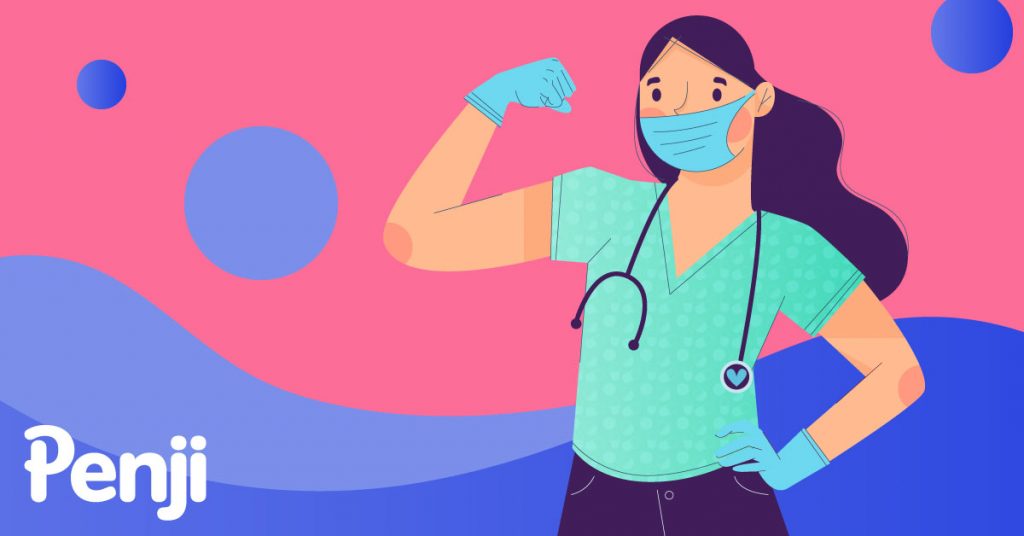
The Caregiver brand archetype will do everything to serve people with the most generous of intentions. They are naturally altruistic with the most compassionate of goals. They aim to protect people from harm and make them feel safe, even if it means sacrificing themselves.
Teachers, nurses, healthcare, and nonprofit organizations fall in this category. They have a noble goal and will stop at nothing to control the situation, making them trustworthy brands.
Best traits: Caring, selfless, compassionate, strong, benevolent
Worst traits: Exploited, weak, manipulative
Examples: Heinz, Johnson & Johnson, NHS
Johnson & Johnson is one of the most significant healthcare organizations worldwide. And they have mastered the art of selfless service, as seen through their branding and messaging. Not only is J&J known in healthcare, but also in the household. With that, care is at the forefront of the brand not only in health institutions but at home as well.
5. The Lover
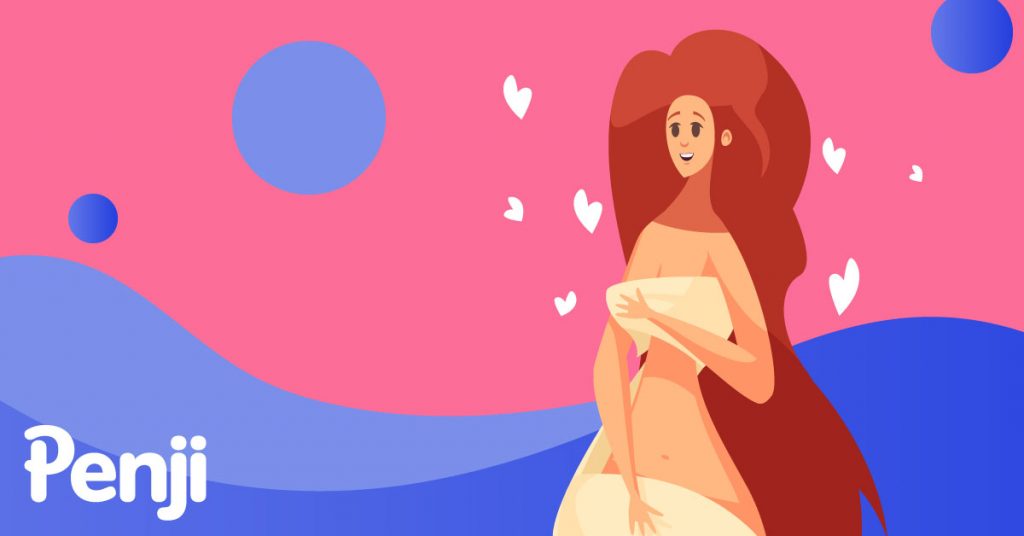
The Lover connects people emotionally. This brand archetype ensures that they foster relationships that are inspirational and companionable. They go out of their way to make people feel special by catering to their needs.
Brands that fall in the Lover archetype express their service in different ways. Their messaging is both passionate and filled with superlatives that appeal to customers. Their overall goal is to make customers feel accepted and loved.
Best traits: Romantic, warm, committed, magnetic, self-improving
Worst traits: Dramatic, obsessive, shallow
Examples: Victoria’s Secret, Chanel, Hallmark
Most cosmetic brands fall in the Lover category. Chanel, for example, expresses ultimate intimacy and deep connections with their customers through luxury and style. Anyone who wears or uses any Chanel product will become more irresistible and elegant.
6. The Jester
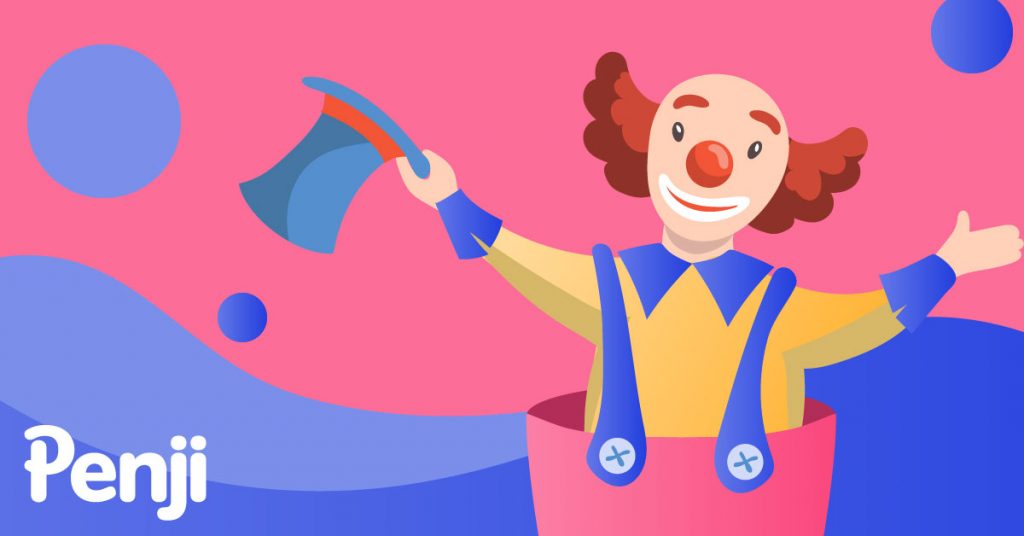
The Jester brand archetype lightens up a serious situation. This type typically pokes fun at their customers by connecting with their childishness. You’ll mostly see this archetype in the entertainment industry, where humor and fun fill the air.
The Jester isn’t too fond of adhering to the rules. They believe that life is too short to be serious and want nothing but laughter in any engagement. Brands in this category often have a loose structure and think outside the box.
Best traits: Fun, lighthearted, original, carefree, joyful
Worst traits: Disrespectful, frivolous, cruel
Examples: Taco Bell, IKEA, Old Spice
Old Spice symbolizes the Jester brand archetype because of its absurdity. The use of ludicrous language in their ads, product descriptions, and overall messaging is proof that they’re jesters at heart.
7. The Sage
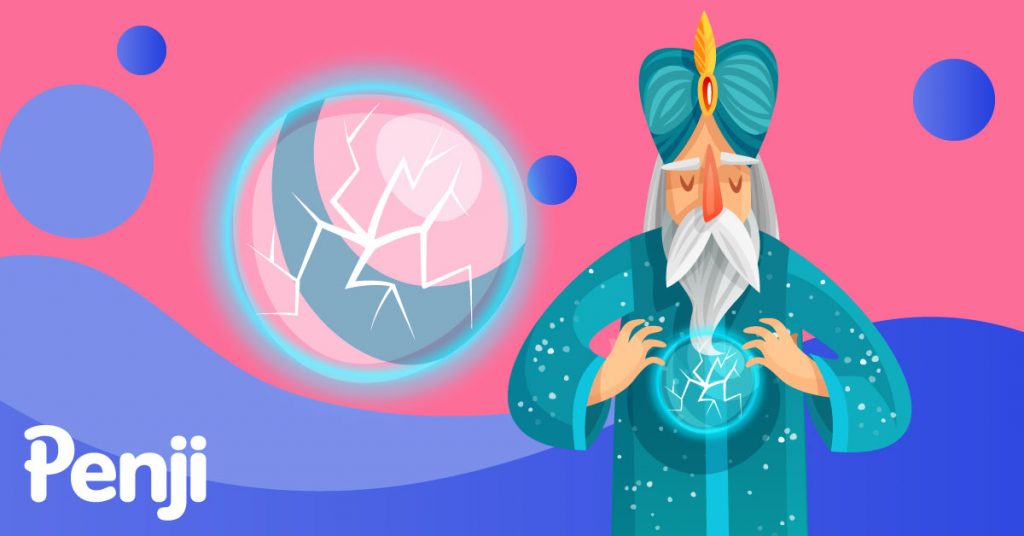
One of the most trustworthy and intelligent archetypes in branding is the Sage archetype. They dwell on the truth and would stop at nothing to pursue it. Moreover, they also bank on knowledge, and extensive research, making this type credible and trusting.
Brands in this category often believe that facts can open up people’s eyes to the truth. They prevent any misleading assertions and uncertainty because they dwell too much on awareness. The Sage is considered to be the most intelligent out of all the archetypes in branding.
Best traits: Knowledgeable, trustworthy, intelligent, articulate, wise, open-minded
Worst traits: Overly opinionated, self-absorbed, cold
Examples: Google, Discovery Channel, TED
TED is a community of creative thinkers that make the world a better place. This is an avenue for sharing knowledge, which is a prime example of the Sage archetype.
8. The Outlaw
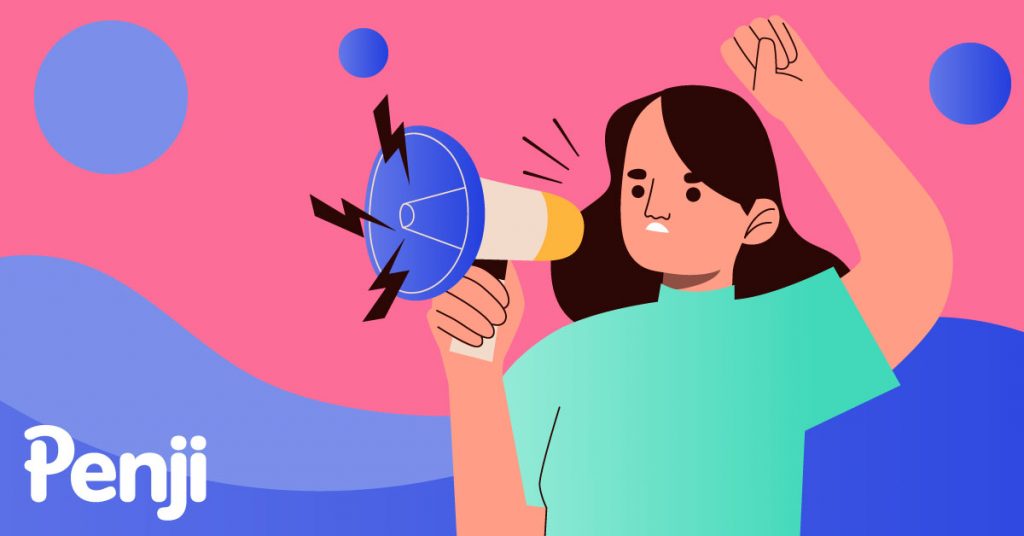
The Outlaw, also known as the Rebel, seeks to disrupt the norm and paradigms to create something better for humanity or their selfish reasons. They often challenge the rules and make new ones that provide cheaper and better alternatives. They are considered free thinkers that make people question the status quo. As a result, people turn to them.
Those in motorcycle dealerships, activist groups, or edgy clothing lines belong in the Outlaw category. They inspire change and expose the taboos in society by offering people radical concepts.
Best traits: Rebellious, wild, brave, free-spirited, sharp
Worst traits: Nihilistic, out of control, destructive
Examples: Harley Davidson, Greenpeace, MTV
Harley Davidson and its motorbikes entice customers with the freedom to break away from the norm. With its big bikes and powerful engines, no wonder Harley Davidson is a brand with an innate rebellious nature.
9. The Explorer
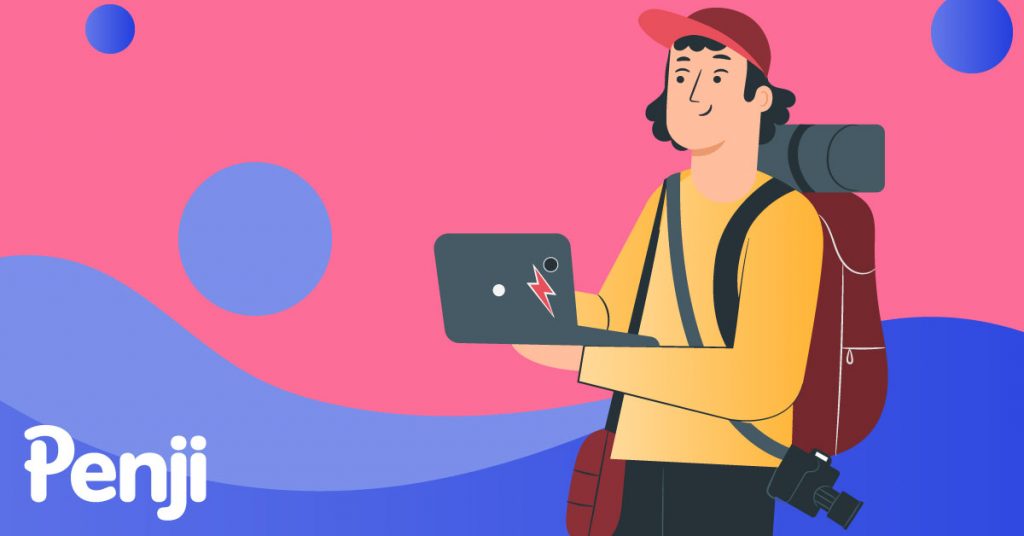
The archetypes in branding wouldn’t be complete without the Explorer. They find discoveries in the industries and find new paths to fulfill a purpose or goal. They often change the plan or process along the way. But one thing is for sure, the Explorer has a strong vision that motivates people to join their tribe.
Brands in this category believe in the freedom to explore beautiful and unique paths. They often provide products or services that are rugged or unyielding. Just like a brand that focuses on the outdoors, the Explorer takes the road less traveled to create exciting moments for customers.
Best traits: Adventurous, ambitious, pioneering, independent, spirited
Worst traits: Flaky, frivolous, unruly
Examples: REI, Red Bull, Patagonia
A brand that sells clothes and equipment for outdoor activities, REI shows how momentous exploring new paths are. They encourage their customers to seek the adventure that awaits them.
10. The Everyman
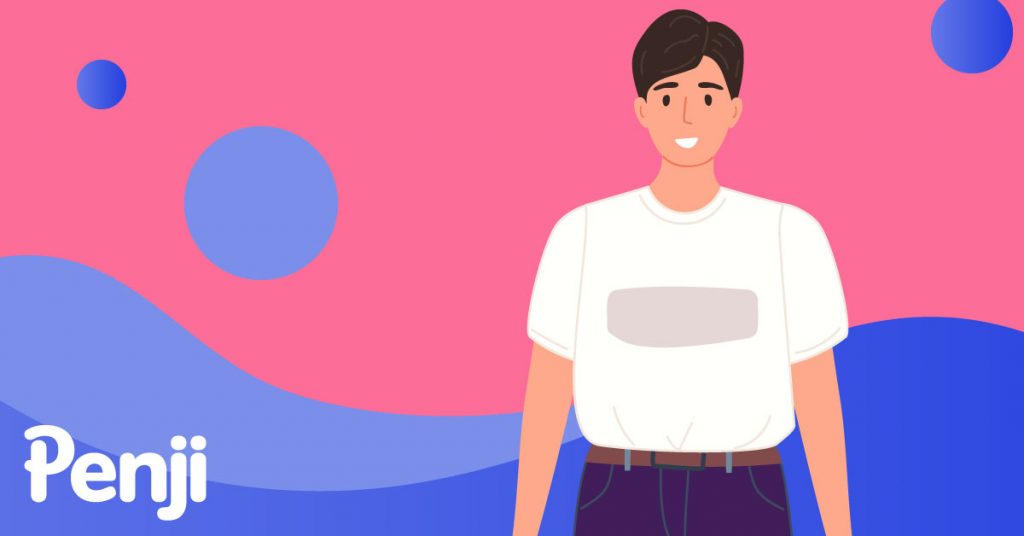
The Everyman also called the Citizen or Regular Guy or Gal doesn’t get entrapped in luxury. This type would prefer simple things instead of things embezzled with gold or diamonds. They would go for Honda instead of Mercedes-Benz or Maybelline instead of MAC.
They are wholesome, authentic, and reliable, which is why people love the Everyman. These brands are considered average and relatable to most customers. You’ll often associate mom and pop stores, local diners, or nonprofit organizations with these characteristics.
Best traits: Reliable, comfortable, friendly, trustworthy, welcoming
Worst traits: Mundane, conventional, weak
Examples: Home Depot, Budweiser, Wrangler Jeans
Wrangler Jeans is exemplary of the Everyman archetype. The brand focuses on authenticity and supports the blue-collared workers who come to the office, offering optimum hard work.
11. The Innocent
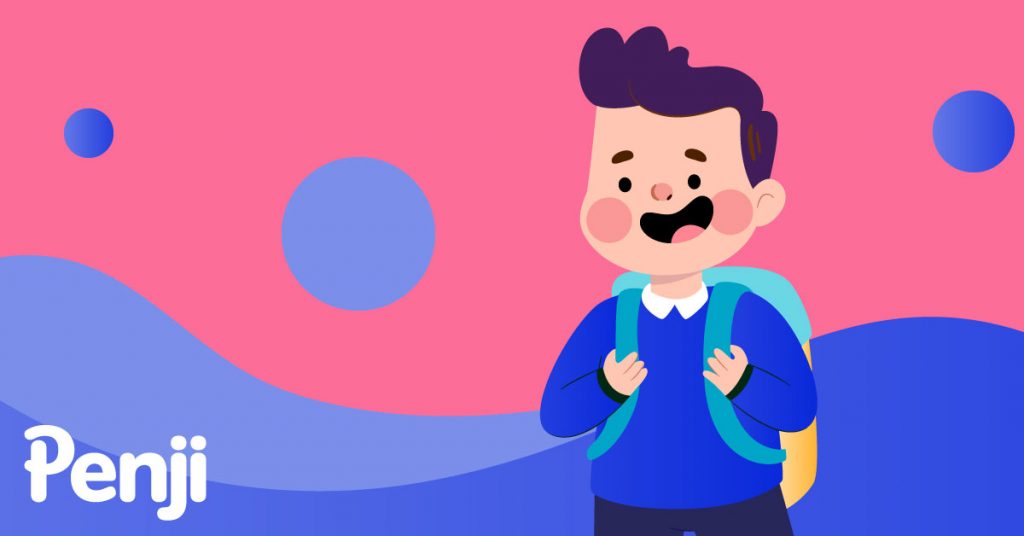
Compared to other more rebellious archetypes in branding, the Innocent revolves around simplicity and positivity. This archetype doesn’t deviate from the good path. Instead, they stick to familiar roads and processes that are free from corruption. The Innocent brings harmony in people’s lives, so there is always a good feeling when dealing with this archetype.
Brands in this category typically don’t offer the most innovative products. However, they are the simplest ones that don’t complicate people’s lives. They rely on dependability, honesty, and predictability.
Best traits: Pure, simple, loyal, honest, optimistic, moral
Worst traits: Boring, naive, childish
Examples: Coca-Cola, Aveeno, Dove
Coca-Cola is the prime example of this archetype in branding. The brand encourages people to savor the simplest moments in life, like having quality time with loved ones.
12. The Hero
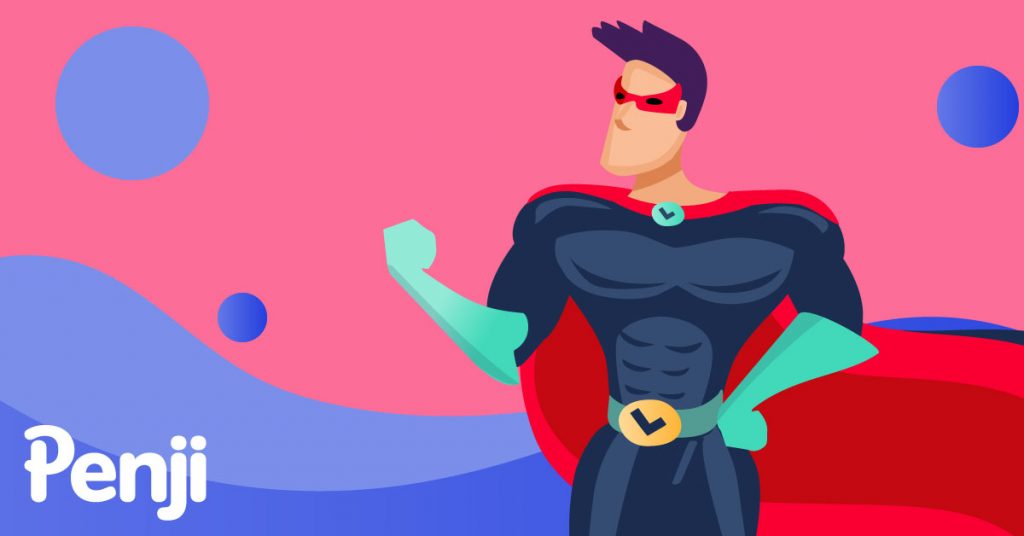
One of the most powerful archetypes in branding, the Hero follows through in its promise of motivating people to reach their full potential. They do this by offering great products and services that bring out the best in people. They transform every story into a story of victory and never dwell on adversity. The ending is always a happy ending in this category.
Brands in this archetype are usually leaders. That’s why you’ll mostly see political figures, the army, and athletes in the hero archetype. These brands perform social obligations that allow people to develop discipline and strength.
Best traits: Courageous, bold, inspirational, competent, determined
Worst traits: Aloof, arrogant, aggressive
Examples: Nike, FedEx, American Red Cross
Nike is the best hero in this example. The brand pushes people/athletes to their limits. They support people who defend those who are afflicted, and it shows in their marketing campaigns.
Conclusion
Now that you know the archetypes in branding, it’s time to deliberate where your brand belongs. Your brand can either be one of these brand archetypes or a mix of two or three. The most important step now is to identify your brand’s top characteristics. And this is the only way you can rise above the competition.
Take note, however, that the visuals and messaging should be akin to your brand archetype. However, if you can’t figure that out, consult the experts from Penji. Penji’s professional graphic designers will go to great lengths in researching and assessing your brand identity. Plus, you can request unlimited graphics that speak your archetype from Penji’s vetted designers at affordable rates. Subscribe now to get 15-percent off!











